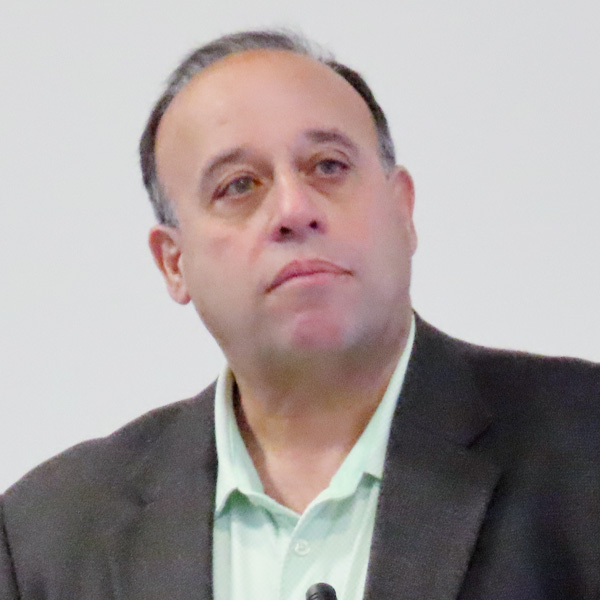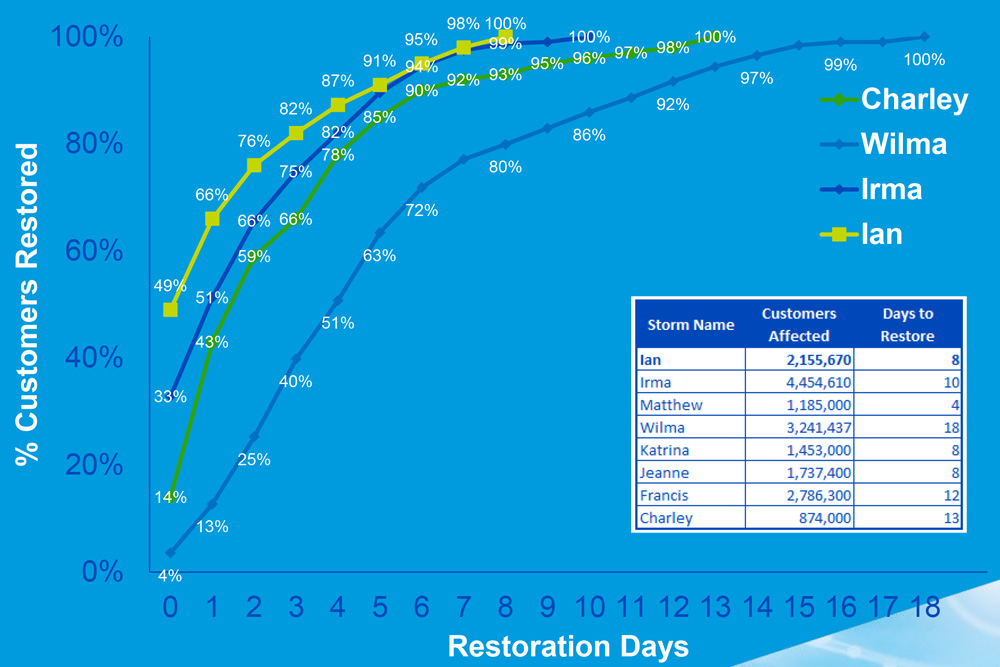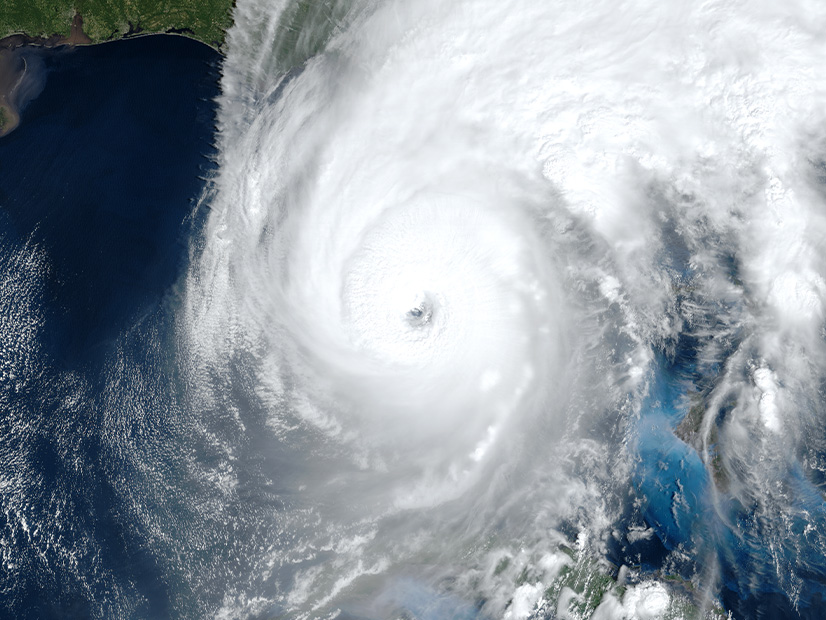When Hurricane Wilma hit the territory of Florida Power & Light (NYSE:NEE) in 2005, it was the culmination of a shattering two years. Beginning with Hurricane Charley the previous year, the utility had seen its disaster response capabilities stretched to the breaking point, and it was clear to all stakeholders that the time had come for reform.
“In ’04 and ’05, we got hit with seven storms in 18 months,” Manny Miranda, FPL’s executive vice president for power delivery, said at last week’s meeting of SERC Reliability’s Board of Directors. “Our customers were upset; our regulators were upset; the media was having a field day; our employees were exhausted; and we knew we had to change.”
 Manny Miranda, Florida Power & Light | © RTO Insider LLC
Manny Miranda, Florida Power & Light | © RTO Insider LLCAs a result of that hurricane season, Miranda said, FPL instituted its “Storm Secure” program in 2006. The improvements made under the program paid off when Hurricane Ian made landfall in southwest Florida on Sept. 28, late in an unusually quiet Atlantic hurricane season. With 150-mph winds, the storm tied for the fifth-strongest hurricane ever to hit the contiguous U.S. After moving back out to sea, Ian regained strength and made landfall again in South Carolina before finally dissipating in Virginia on Oct. 2.
In addition to causing a nationwide power outage in Cuba, more than 2 million customers in FPL’s territory lost electricity. At 157 fatalities in both countries, it was the deadliest storm to hit Florida since 1935. Despite the widespread damage, however, the restoration proceeded much more rapidly than that for Wilma; by the first day, the utility restored two-thirds of its affected customers, and full restoration was complete within eight days.
By comparison, full restoration after Hurricane Charley 17 years ago — which affected far fewer people — took 13 days. Restoring power after Wilma took 18 days; while Wilma affected more people than Ian, at Category 4 Ian was a more powerful storm than Wilma, which was Category 3 when it struck Florida.
Miranda credited the Storm Secure improvements with significantly reducing the number of outages and making the restoration process much smoother than in previous years.
One major difference in 2022 was that FPL lost no transmission structures, which Miranda attributed to the utility’s policy of replacing wooden structures with steel or concrete ones. He said that FPL expected to have all wood structures removed from its “legacy” territory — not including the infrastructure of Gulf Power, which FPL acquired in 2021 — by last week; the job should be complete in the remaining territories by 2030.
 Restoration times for Hurricane Ian and several other recent storms in FPL’s service territory. Power was fully restored for customers affected by Ian within eight days, quicker than the restorations for Hurricanes Charley (2004), Wilma (2005), and Irma (2017). | Florida Power & Light
Restoration times for Hurricane Ian and several other recent storms in FPL’s service territory. Power was fully restored for customers affected by Ian within eight days, quicker than the restorations for Hurricanes Charley (2004), Wilma (2005), and Irma (2017). | Florida Power & Light
Additional investments by FPL in its infrastructure include burying distribution lines. The utility has provided incentives to “underground anybody that wants to go forward,” Miranda said. Though he acknowledged the impact of this program has mainly been seen in wealthy communities, he said FPL plans to have “all our main feeder lines … hardened or underground” by 2025.
The utility also upped its vegetation management program, going from trimming plants on 8,000 miles of transmission lines annually in 2005 to 15,000 miles in 2021, and installing 183,000 grid monitoring devices on its facilities, up from just 257 in 2005. In addition, FPL implemented a program to inspect all of its distribution poles, which Miranda admitted has delivered benefits beyond anything he expected.
“I will tell you … I did not agree with a pole inspection program [at that time],” Miranda said. “But what we found is, a pole inspection program is one of those unsung hero programs; they have made a huge difference in our hurricane response. We have replaced over 100,000 poles … over the last 20 years.”
Another target of Storm Secure was the response process itself; Miranda said the restoration for Ian required the mobilization of about 21,000 line workers, with 38 sites to stage, process and park resources and vehicles; 470,000 meals were served during the restoration process, with 2.7 million bottles of water and 2.2 million gallons of fuel consumed.
Asked by SERC Chair Todd Hillman “how you got to pay for all that” — noting that he had “worked with lots of state commissions in the past” — Miranda acknowledged the improvements needed significant investment from the state. He pointed out that with a $1.3 trillion economy in Florida, “every day you lose power is several billion dollars of economic impact.”
“That’s how we walk them through it,” he said.



